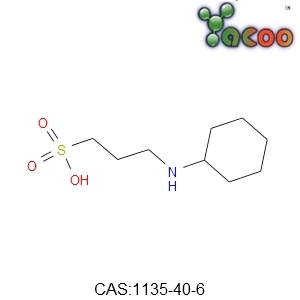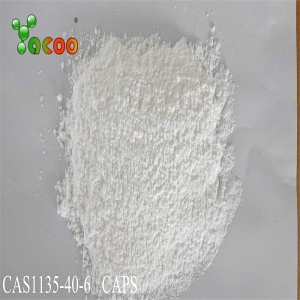When it comes to the price of poly aluminium chloride, it can be said that there is no unified price. The price of each manufacturer is different, because the production cost is different, so the price of finished products is different, which leads to some problems when you call for a consultation.
Now a lot of customers call to come, basically consult price first, very few know product performance first, quality, source of goods. Some customers hung up after hearing the offer, saying it was too expensive and over budget. When it comes to the price of poly aluminium chloride, it can be said that there is no unified pricing. The price of each manufacturer is different, because the production cost is different, so the price of finished products is different. This is the result of your call, some manufacturers’ high prices, some low prices. Therefore, customers who often use PAC should understand that when you purchase PAC, you should not only look at the price of the products but also the quality of the products.
In our co-operation customers, there are many companies using poly aluminium chloride, such as Xintai Aluminum Co., Ltd. Foshan Parka Surface Modification Co., Ltd., which are very satisfied with the products of rivers and chemical industry in many aspects and can work together for a long time.
Our company has been doing business for a long time, depending on the quality of water purification products, winning more is the return customers, so that you use our products in the process of saving heart and effort.

Marketing Center: Room 603, RuiYing Building, Chengnan 1st Road, Dali Town, Nanhai District, Foshan City, Guangdong Province,China, 528231
Factory: Area A No.9, Technology Park, Sanshui District, Foshan, Guangdong, China
Tel : +86 13929123248
Email : exp006@broviecn.com
Fax : 0086-0757-85510580
Website : http://www.bv-chem.com

















